Waterfalls
Iceland has one of the highest concentrations of waterfalls in the world, with thousands spread across the island. Many are easily accessible from the Ring Road, while others require short hikes or driving on gravel roads. This guide lists some of the most popular waterfalls in Iceland, along with practical tips such as access, nearby routes, and seasonal considerations. These locations are great for photography, short stops, or as part of a larger road trip itinerary.
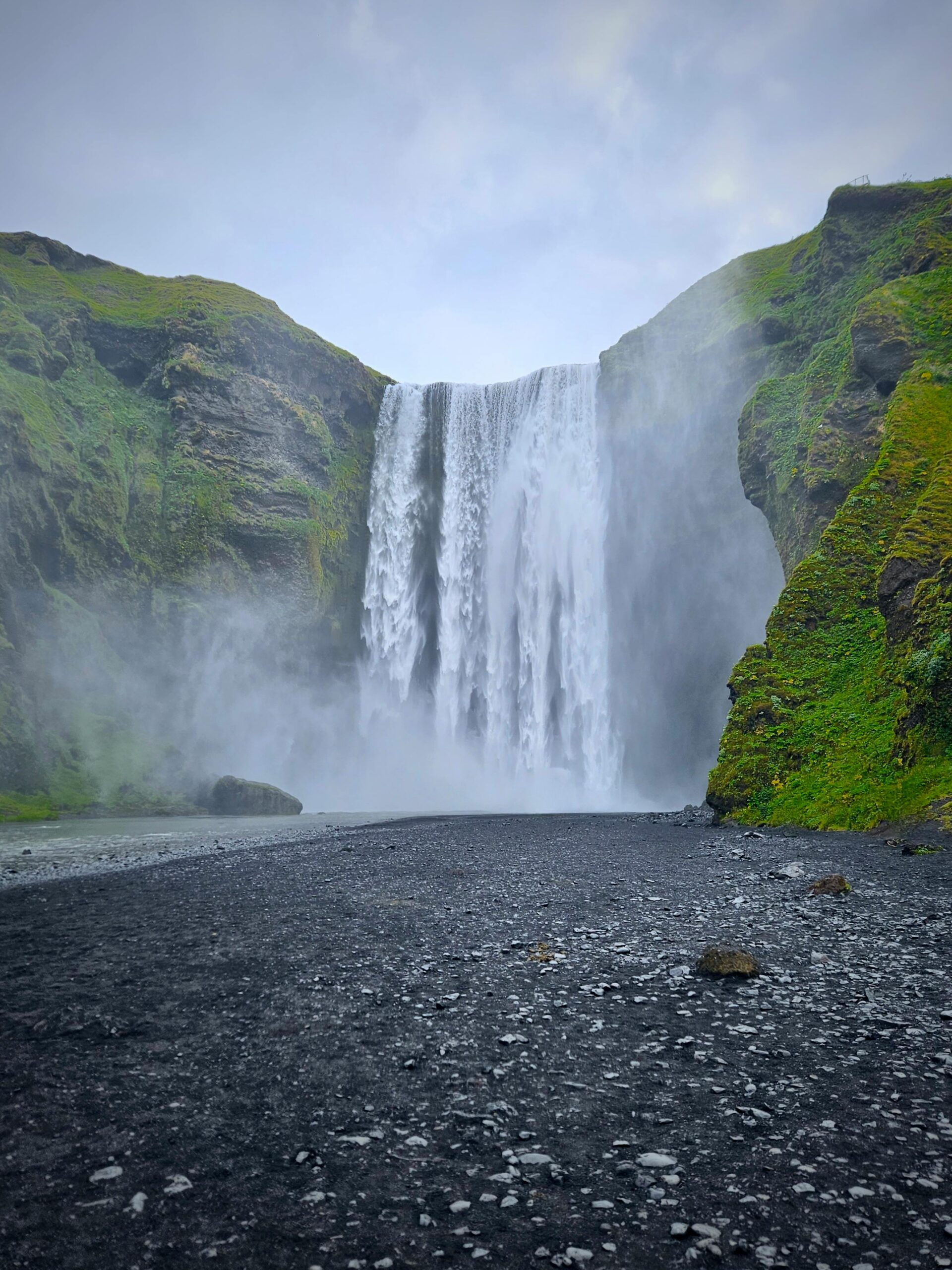
Skógafoss
One of Iceland’s most famous waterfalls with powerful mist and a double rainbow on sunny days.
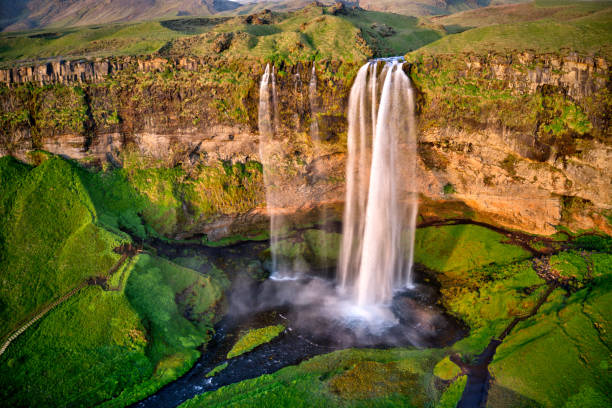
Seljalandsfoss
Walk behind the curtain of water for a unique photo and experience, located right off Route 1.
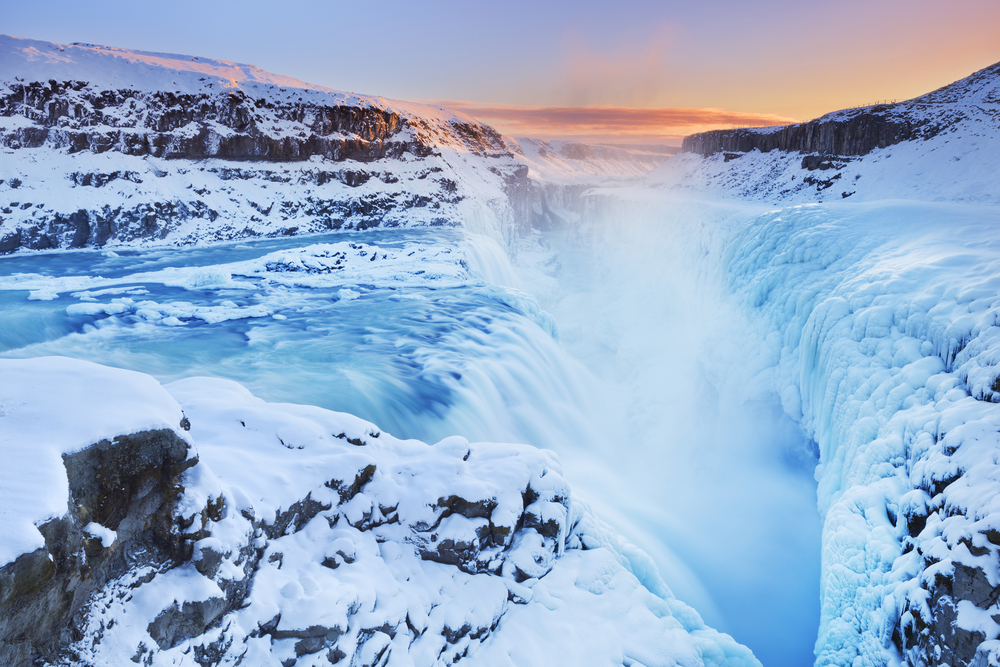
Gullfoss
Part of the Golden Circle, Gullfoss crashes down in two dramatic stages into a narrow canyon.
Helpful Tips Before You Go
Waterfalls in Iceland are usually easy to access, but each one is different. Some are right by the road, while others require a short hike on rough paths. A bit of planning can make your visit safer and more rewarding.
- ✅ Most waterfalls are open year-round and free to access
- 🚗 Some popular sites charge parking or entry fees (e.g. Seljalandsfoss: 700–800 ISK)
- 🧊 Paths may be slippery, especially in winter — wear waterproof hiking shoes
- 📍 Some waterfalls are mislabelled or misplaced on Google Maps — use trusted maps or coordinates
- 📸 Prepare for mist — a waterproof jacket and lens cloth are great to have
- 🌱 Stay on marked paths to help protect fragile moss and ecosystems
To avoid confusion and wasted time, we recommend using our FREE Iceland travel map made specifically for travelers in Iceland.
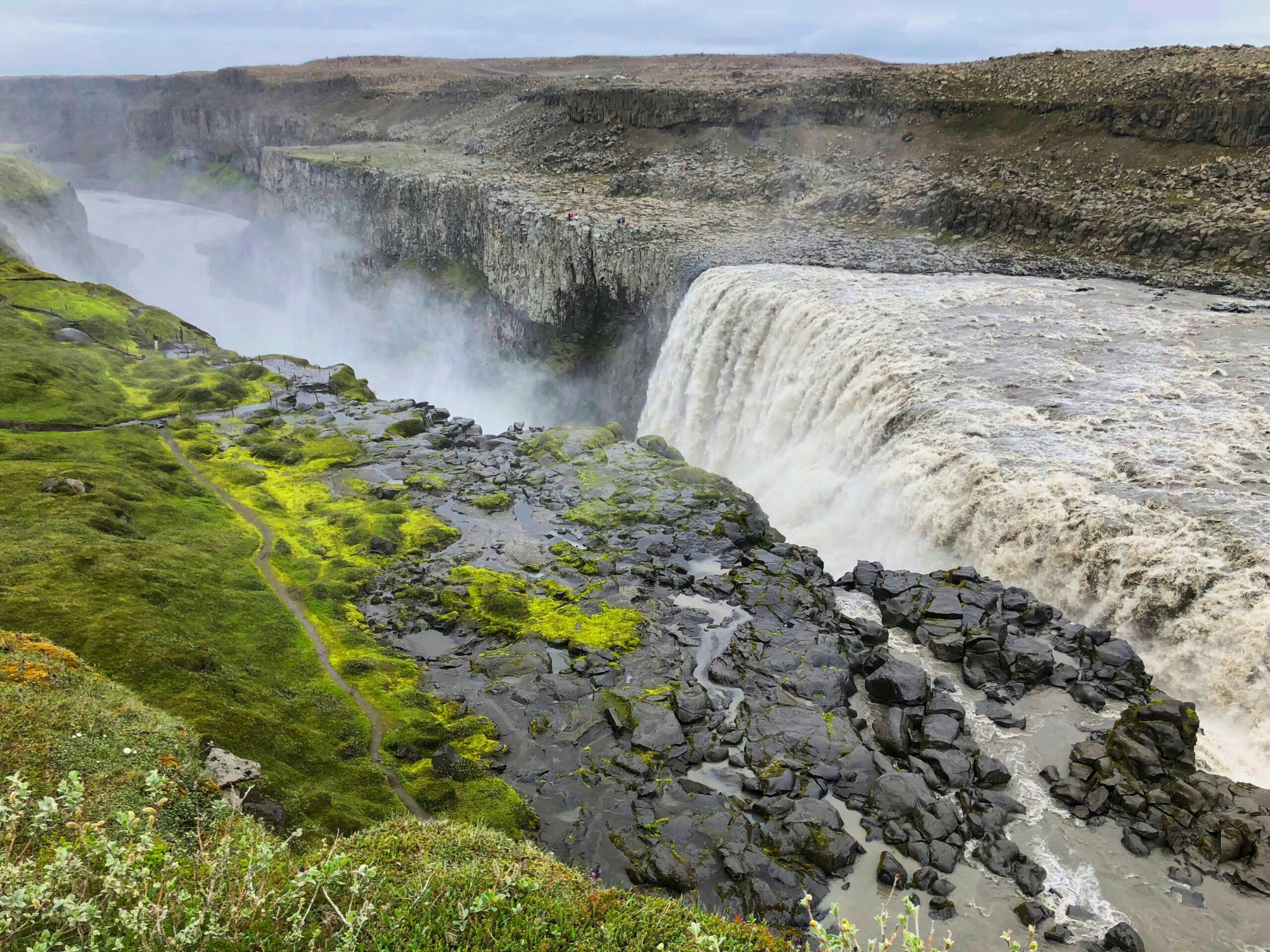
Dettifoss
Europe’s most powerful waterfall, located in North Iceland. Accessible via gravel roads, with multiple viewpoints on both sides of the river.
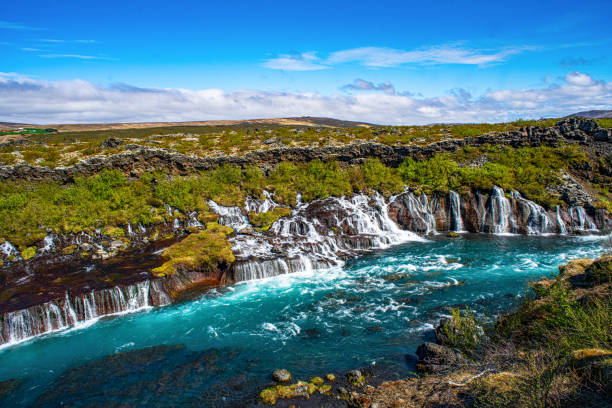
Hraunfossar
Dozens of clear springs flow through a lava field into the Hvítá River. Easy access and a unique view, located in West Iceland.
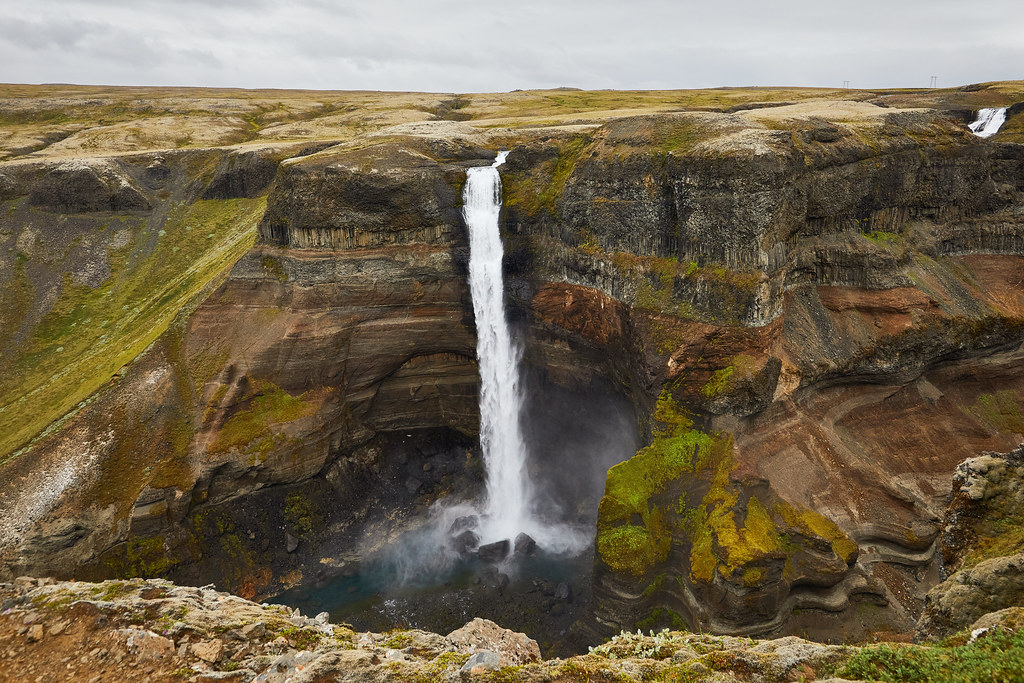
Háifoss
One of the tallest waterfalls in Iceland at 122 meters, located near the Highlands. Best reached by 4x4 and paired with nearby Gjáin valley.
A Quick Note About Icelandic Weather ☁️
Icelandic weather loves to keep things interesting — sunny one minute, sideways rain the next. Before heading out to explore waterfalls, it's a good idea to check the forecast and dress in layers. Always bring a rain jacket (even if it's sunny).
- 🌦️ Weather changes fast — check the forecast before you go
- 🧥 Bring a waterproof jacket — even on clear days
- 🧊 In colder months, trails can be icy or muddy
- 📱 Screenshot the weather forecast — signal can be spotty
For the most accurate info, check the Icelandic weather service: vedur.is
Waterfalls FAQ 💬
Are waterfalls in Iceland free to visit?
Yes, almost all waterfalls are free to access. However, a few popular spots like Seljalandsfoss charge for parking (usually 700–800 ISK).
Can I visit waterfalls in winter?
Yes! Many of Iceland’s waterfalls are accessible year-round, though icy paths or snow may limit access to some. Always check vedur.is and road.is first.
What should I wear?
Waterproof clothing and hiking boots are ideal. Some waterfalls produce heavy mist (like Skógafoss), so a rain jacket and lens cloth for cameras are useful.
How close can I get to the waterfalls?
Many are safe to approach, but always use caution — rocks can be slippery, and water pressure strong. Some falls like Seljalandsfoss even allow walking behind the water.
Are there facilities at the waterfalls?
It depends on the location. Major tourist spots may have restrooms or cafés nearby, but most are in natural areas with no services. Plan accordingly.
Can I fly a drone at waterfalls?
Drones are often restricted at popular sites. Look for posted signs or check local regulations. Always respect other visitors and wildlife.
